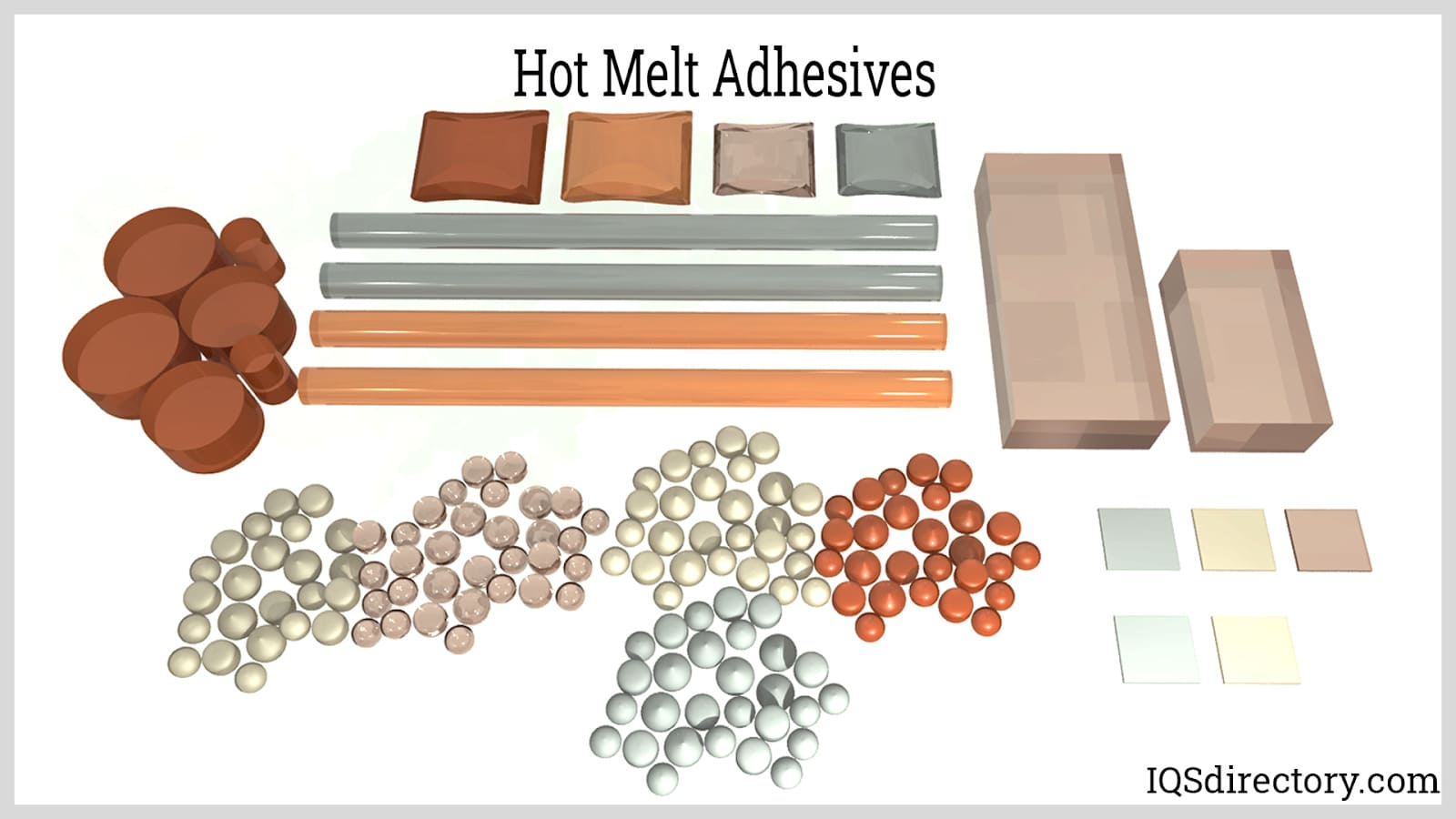A block or plate curved to suit the needs of the wheel or disc, these devices carry the brake bands, blocks, linings or pads to the moving surface. Read More…
You only need to know one name for your friction material needs: Cook Bonding & Manufacturing. We have been working hard for over 3 decades and specialize in the manufacture of high quality friction materials, gear tooth facings, press blocks, and more.

ProTec Friction Group is a producer of friction components and forms. By combining our manufacturing expertise with our supply chain knowledge, we are able to bring friction solutions to our customers.

As a complete friction materials company you can send us your custom fabrication, bonding, relining, riveting, brake lining or clutch assembly questions and we will provide you with fast & competitive quotes. At Phoenix Friction we understand the importance of finding reliable, timely & cost-effective solutions for your friction material problems and that is why strive for 100% customer...

More Brake Shoe Manufacturers
Brake shoes, which can be used with both disc and drum brakes, are found in automotive, railway, cycling and agricultural industries. Widely available, brake shoes are made specific to several applications and specifications with regards to size and material. While originally asbestos was used in nearly every brake system, health hazards related to the substance gave cause to develop and use several other materials in the making of brake shoes. Steel, copper, iron and several alloys with durable and heat resistant qualities are often used in the production of brake shoes.
Ceramic components continue to grow in popularity as well due to their durability, energy absorption and decreased noise production as compared to metal counterparts which emit a grinding noise when worn. Advanced adhesives or rivets are then used to affix the necessary pad or lining. These linings are even more variable including semi-metallic compounds, plastics, mineral fibers, aramid fibers, ceramics, cellulose and even chopped glass fibers. It is important to consider wear rates and performance when selecting a specific friction material for brake systems.
The basic process of braking relies heavily on the functionality and efficiency of the brake shoe. When a lever or pedal is pressed, it sets into motion a chain of events beginning with the release of brake fluid which is put under pressure and travels to each braking mechanism where a small hydraulic pump engages the shoe. In the case of drum brakes, the brake shoe extends to apply the pad, lining or block directly to the spinning surface of the wheel. The friction created by contact between the two materials causes the wheel to slow in proportion to the amount of pressure applied.
Disc brakes operate in a similar manner, though the brake shoes and pads make contact with a disc connected to the wheel rather than the wheel itself. Because this process gives off a great deal of heat, brake shoes must be able to account for thermal expansion of all components. Located near the wheel itself, the brake shoe needs to apply a great deal of pressure on the wheel when engaged yet be completely clear of it when at rest. As the pads become worn, the shoe itself may be exposed to the spinning surface. Although this still creates friction that can slow the motion, it can cause significant damage to both the shoe and the disc or wheel surface.
Field experience as well as chemical and material engineering allow constant advancements in brake shoe design and the friction materials used to produce them. These advancements result in reduced maintenance and operating costs, longer wear life, better functionality and overall consumer satisfaction.













 Ball Bearings
Ball Bearings Ball Screws
Ball Screws Electric Motors
Electric Motors Friction Materials
Friction Materials Gears
Gears Quick Release Couplings
Quick Release Couplings Shaft Couplings
Shaft Couplings Speed Reducers
Speed Reducers Timing Belting
Timing Belting Castings & Forgings
Castings & Forgings Bulk Material Handling
Bulk Material Handling Electrical & Electronic Components
Electrical & Electronic Components Flow Instrumentation
Flow Instrumentation Hardware
Hardware Material Handling Equipment
Material Handling Equipment Metal Cutting Services
Metal Cutting Services Metal Forming Services
Metal Forming Services Metal Suppliers
Metal Suppliers Motion Control Products
Motion Control Products Plant & Facility Equipment
Plant & Facility Equipment Plant & Facility Supplies
Plant & Facility Supplies Plastic Molding Processes
Plastic Molding Processes Pumps & Valves
Pumps & Valves Recycling Equipment
Recycling Equipment Rubber Products & Services
Rubber Products & Services